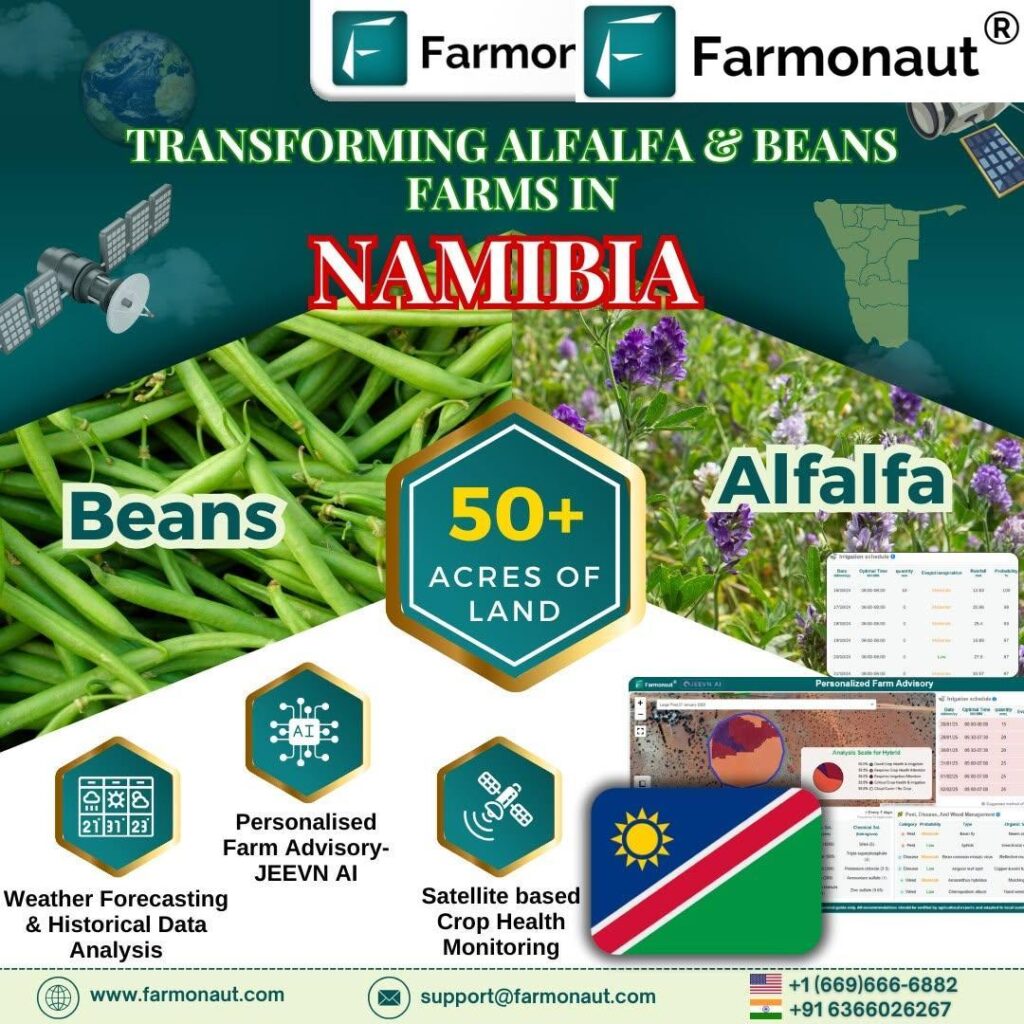Breaking: Trudeau Unleashes Crackdown on Foreign Workers as Canada Faces Immigration Surge

In a landmark move that’s set to reshape Canada’s immigration landscape, Prime Minister Justin Trudeau has announced a significant Canada immigration crackdown 2023. This decisive action comes as the nation grapples with an unprecedented surge in population growth, primarily driven by immigration.
Trudeau’s Bold Stance on Temporary Foreign Workers
At the heart of this new policy is a plan to limit temporary foreign workers and tighten hiring practices across the country. Trudeau took to X (formerly Twitter) to outline his vision, stating, “We’re going to have fewer temporary foreign workers in Canada. We’re bringing in stricter rules for companies to prove why they can’t hire Canadian workers first.”
This statement marks a significant shift in the Canadian immigration policy changes and signals a new era for the Temporary Foreign Worker programme. The programme, which has been a cornerstone of Canada’s labor market strategy, is now under scrutiny as the government seeks to balance economic needs with domestic employment concerns.
The Numbers Behind the Decision
- In 2023, nearly 183,820 temporary foreign worker permits were granted
- This represents an 88% increase from 2019
- 97% of Canada’s population growth was attributed to immigration
These staggering figures have prompted the government to reevaluate its approach to immigration and labor market policies. The Canadian labor market restrictions new policy aims to address the concerns of both Canadian job seekers and foreign workers alike.
Impact on Permanent Residency
The Canada permanent resident reduction plan is another crucial aspect of this policy shift. According to a government source, Canada is set to see a significant dip in the number of new permanent residents over the coming years:
- 2025: 395,000 new permanent residents
- 2026: 380,000 new permanent residents
- 2027: 365,000 new permanent residents
This gradual reduction represents a stark contrast to the current figure of 485,000, signaling a clear intent to slow down the pace of permanent immigration.

The Housing Crisis and Immigration
One of the driving factors behind this policy shift is the Canada housing shortage immigration impact. The rapid population growth, primarily fueled by immigration, has put immense strain on the housing market. Many Canadians are struggling to find affordable housing, and the government sees this new policy as a necessary step to alleviate some of the pressure on the real estate sector.
For those interested in monitoring land use changes and urban expansion, Farmonaut’s Satellite API offers valuable insights into these dynamics.
Changes to the Temporary Foreign Worker Program
The Temporary Foreign Worker program changes are expected to be comprehensive and far-reaching. While the full details are yet to be released, some key aspects include:
- Stricter regulations for employers seeking to hire foreign workers
- Enhanced mechanisms to ensure fair treatment of temporary workers
- Increased scrutiny of labor market impact assessments
- Potential caps on the number of temporary foreign workers in specific sectors
These changes aim to create a more balanced approach to foreign labor, ensuring that Canadian workers are given priority while still addressing genuine labor shortages in critical sectors.
Public Opinion and Political Pressure
The Justin Trudeau immigration policy update comes at a time when public opinion on immigration is shifting. Recent polls have shown a decline in support for the Liberal Party’s immigration policies, putting pressure on Trudeau to act. This new stance on immigration represents a delicate balancing act between addressing domestic concerns and maintaining Canada’s reputation as a welcoming nation for immigrants.
For agricultural stakeholders concerned about labor shortages, Farmonaut’s mobile app offers tools to optimize farm management and productivity.
Economic Implications
The Canadian labor market restrictions are expected to have significant economic implications. While some sectors may face challenges in filling labor gaps, others may see increased opportunities for domestic workers. The government is working closely with Employment and Social Development Canada to monitor the impact of these changes and make adjustments as necessary.
International Reactions
The Canada immigration crackdown has drawn attention from the international community. Some countries that have traditionally sent large numbers of temporary workers to Canada are expressing concern about the potential impact on their economies. Diplomatic efforts are underway to address these concerns while maintaining Canada’s commitment to its new policy direction.
Looking Ahead: The Future of Canadian Immigration
As Canada navigates this new era of immigration policy, several key questions remain:
- How will these changes affect Canada’s long-term economic growth?
- What measures will be put in place to ensure critical labor shortages are still addressed?
- How will this policy shift impact Canada’s international relations and reputation?
The coming months will be crucial as the government works to implement these changes and address the concerns of various stakeholders. For those interested in staying updated on policy changes and their impact on land use, Farmonaut’s API Developer Docs provide valuable resources.
Conclusion
The Canada immigration crackdown 2023 marks a significant turning point in the nation’s approach to immigration and labor market management. As Prime Minister Trudeau and his government work to implement these changes, the world will be watching to see how Canada balances its economic needs, domestic concerns, and international obligations.
This policy shift underscores the complex interplay between immigration, economic growth, and social cohesion. As Canada charts this new course, it will undoubtedly face challenges and opportunities that will shape its future for years to come.
Stay informed about these changes and their impact on various sectors, including agriculture, with Farmonaut’s suite of tools:
As Canada adapts to these new Canadian immigration policy changes, the nation’s landscape – both literal and figurative – will continue to evolve. Farmonaut’s tools and APIs offer valuable insights into these changes, helping stakeholders make informed decisions in this dynamic environment.
















